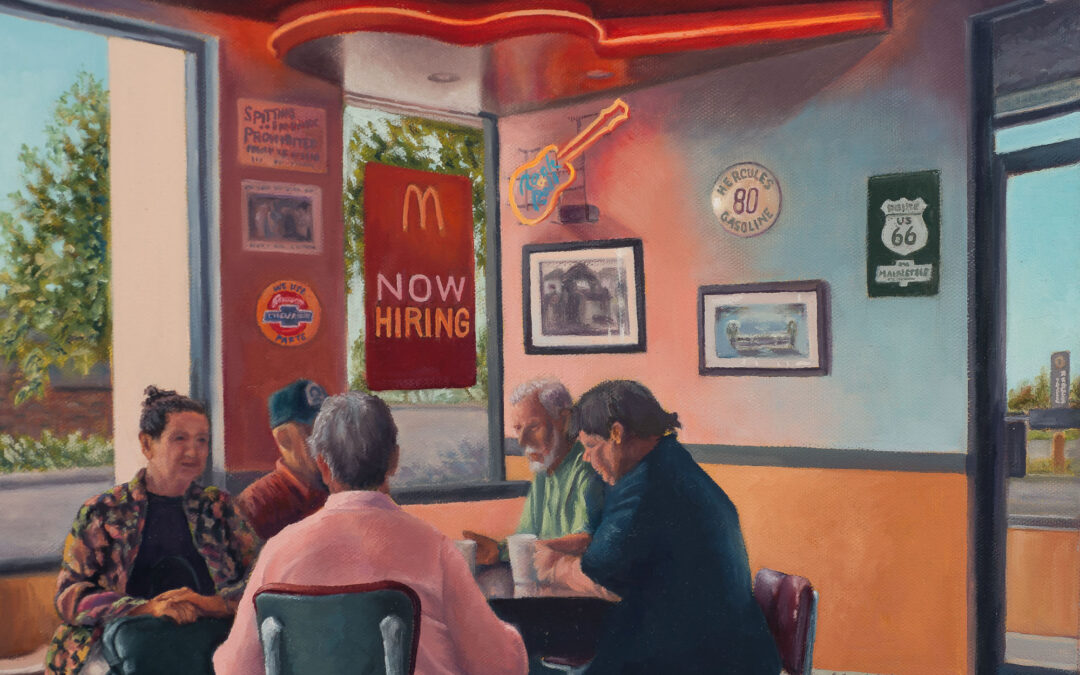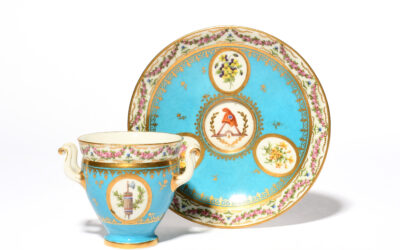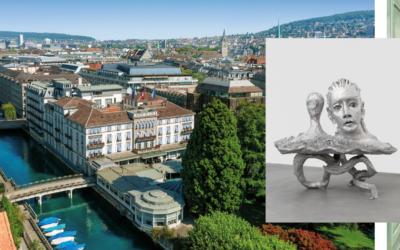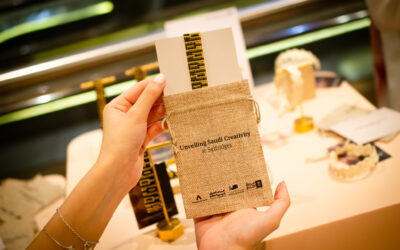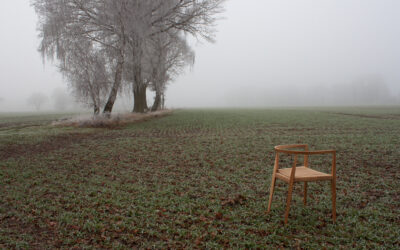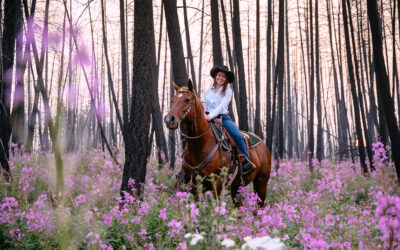“I am a realist oil painter who works to capture the depth and breadth of the human experience. These fleeting everyday moments on canvas include items we create and places where we live, work and play,” says artist KH Komadina.
His past experience of thirty years with ceramic sculpture, murals and pottery inform paintings of today through movement and texture. He strives to highlight our individuality, diversity, interconnection and impermanence in the world. The interplay of shadow and light; large planes and angles, and movement, serve to remind us that there is always an alternative perspective to consider he says.
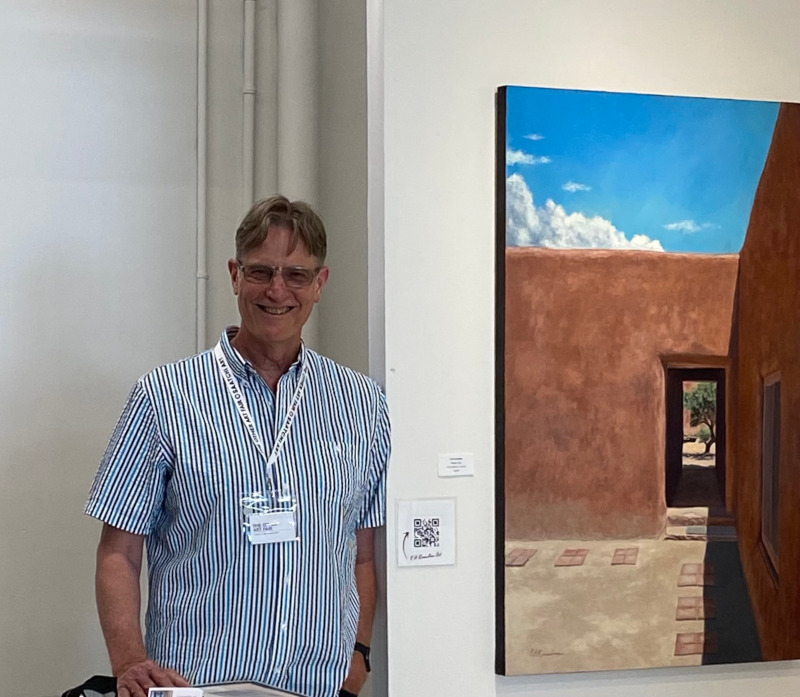
KH Komadina
What’s your artistic background?
I’ve always had an interest in art since i was a young child, I first started with charcoal drawings in grammar school. In college I did drawings of my friends. I took no formal art classes until my junior year at university when I took ceramics and was hooked on the wheel and all things ceramic. In my junior year I considered changing my major to art but took the easy path and got my science degree and went to medical school. Art was put on hold from 1978 to 1995 by med school, post graduate training and practice. In 1995, I resumed ceramics at a local art center, and eventually set up my own ceramic studio, entering art shows, and teaching some ceramics in my spare time. From 2005-8 I pursued a certificate in ceramic art at Hood College in Maryland. I commuted to classes several weekends a year from my home in Minnesota. I continued my medical practice and teaching some ceramics at the time and had a home studio. I had planned on continuing to create ceramic murals, sculptures and pottery forever.
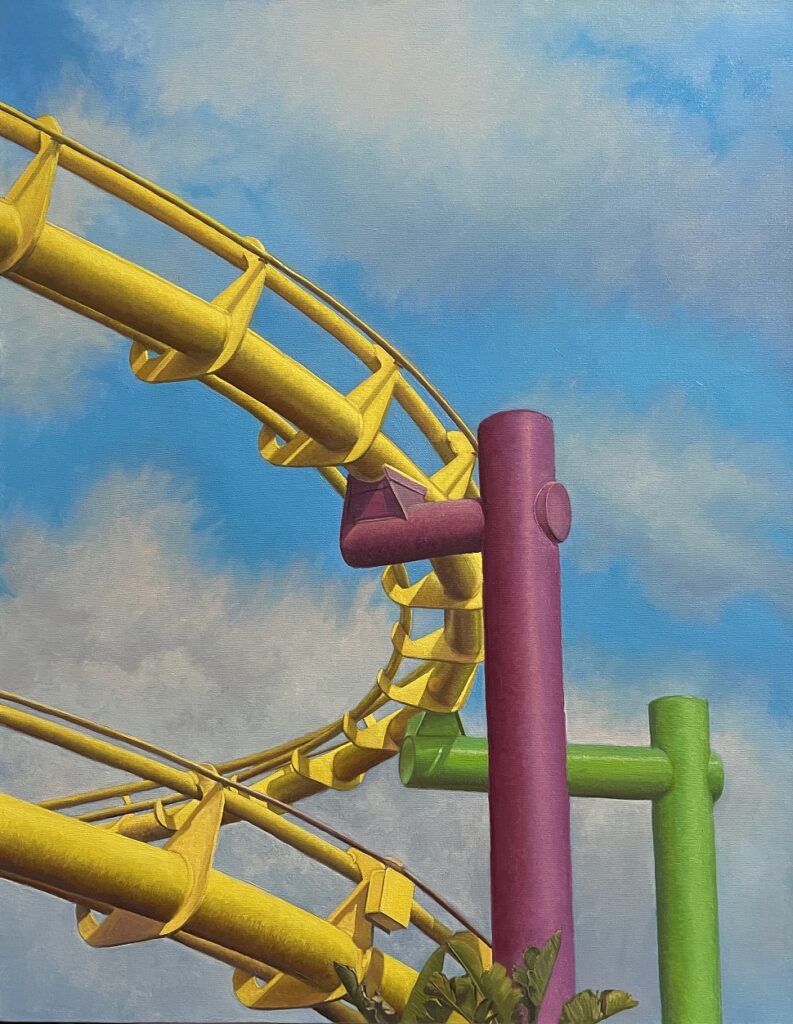
Wheel
In July of 2012, I was diagnosed with Stage 1 multiple melanoma, a cancer of antibody making cells. I took 8 months off from my medical practice for treatment. I returned to practice part-time in March of 2013, and found that I was unable to keep pace because of side-effects of treatment. I retired in June of 2013. I found that ceramics was too taxing to continue so I turned to painting. Initially, I just made marks on canvas paper, they were abstract made without judgement. This was an important transition, I was fatigued, angry and suffering from multiple losses simultaneously. I didn’t need judgement of any kind. Painting provided respite and connections as I began to take some classes and workshops. The non-objective work ultimately gave way to realism, perhaps as a means of bringing order to what was at the time the chaos of my life. I returned to portraits with my first painting, a grey scale study of my wife in acrylic and from there I moved on to seeking challenging subjects and images. My transition to painting was made for me, I could no longer practice medicine or my ceramic art.
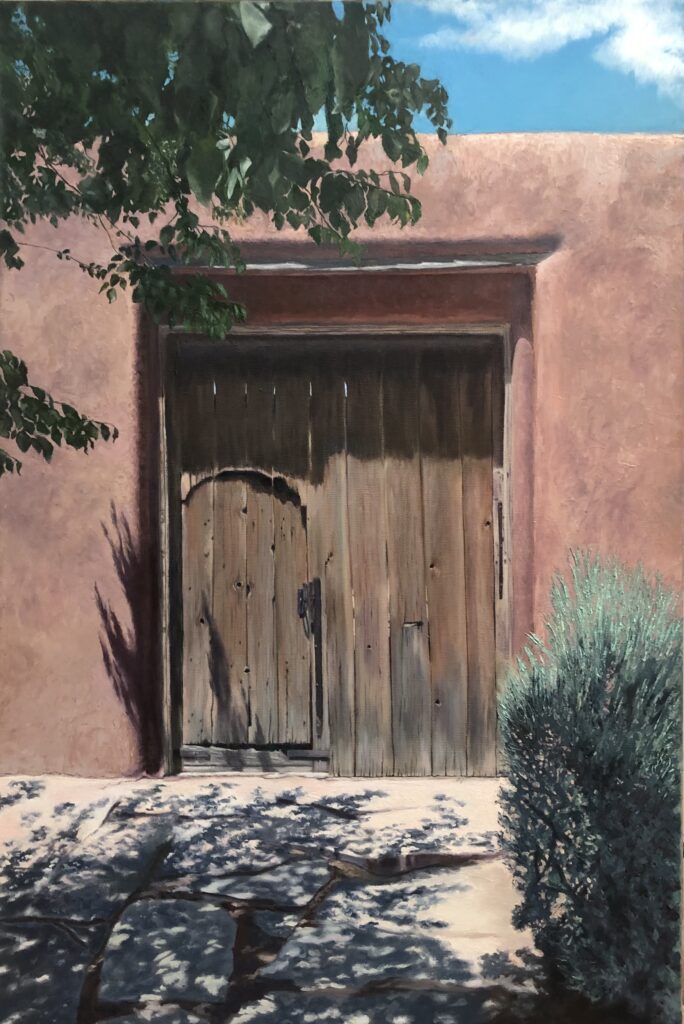
OKeefes-Front-Door
What’s integral to the work of an artist?
Three things seem crucial to the work of an artist. Craftsmanship regardless of the media or style, one should see thoughtful effort and intention in the execution of the artwork and a skilled hand whether it be objective or non-objective work. Second, integrity to one’s artistic voice resistant to the pressures around us. My favorite quote is by Canadian-American artist, Philip Guston:
Studio Ghosts: When you’re in the studio painting, there are a lot of people in there with you – your teachers, friends, painters from history, critics… and one by one if you’re really painting, they walk out. And if you’re really painting you walk out.
The final sentence is about letting go of the ego’s influence on one’s work. Lastly, humility, the challenge is to not personalize any particular reaction to one’s work good or bad. I can only make the work that I am making at this moment in time, it may evolve or not. Praise, if personalized, may result in the ego taking control, criticism, if personalized, may discourage experimentation. The challenge is to accept both praise and criticism as opinions, to learn something from both opinions and to maintain artistic integrity. Trusting one’s inner voice I think is crucial. All of that of course, is easier said than done.
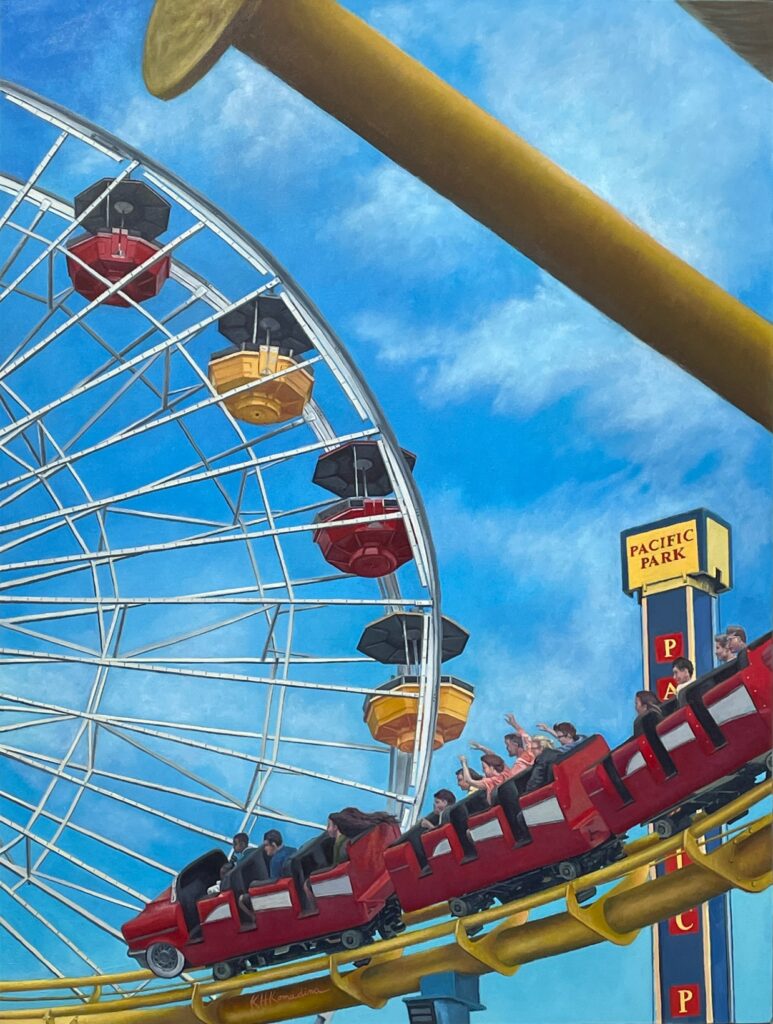
Hold On
What role does the artist have in society?
There doesn’t seem to be a single role for the artist, but many. Social activist, healer, revolutionary and others. For me, personally, the most important role is to remind us of our common humanity.
What art do you most identify with?
I enjoy all genres of art. I am most drawn to movement and texture, and the interplay of light and shadow. Favorite artists of mine: the impressionists, Mondrian, Rothko, and Hopper.
What themes do you pursue?
My subjects come to me both intentionally and organically. I try to be mindful as I am going through the day of the images around me and when I see a scene that strikes me I take a quick photo and it becomes the start of a painting. I want to highlight our shared humanity by having the viewer connect with the image in the painting and to find their ‘story’ in the painting. I have had people contact me about ‘The Breakfast Club’ asking where the image was from, as they were sure they knew the group. Also, I want the viewer to be reminded of the past, as our present is built upon those foundations, and to remember that ‘our present’ will soon be a distant memory as well. In that manner, we may become grounded and focus on what is truly important in life. Finally, in the composition of my paintings I hope the viewer will recall that we all see through different lenses.
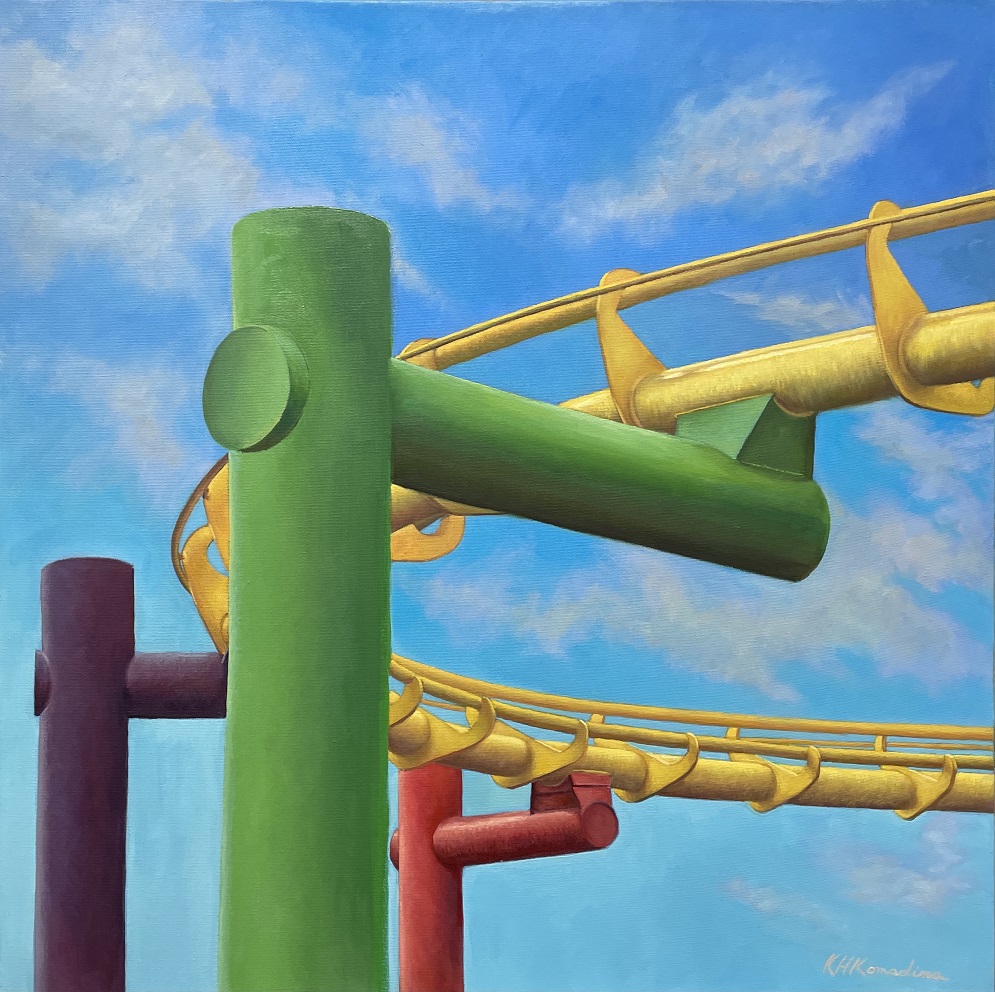
G-force-24
What’s your favourite art work?
Raffaelle Monti’s veiled lady as an example of skilled craftmanship and beauty.
Describe a real-life situation that inspired you?
My wife and I were visiting the New Mexico home of Georgia O’Keeffe in 2018. I have always admired her work. Her spirit filled the space, and her sources of inspiration were all around in the landscape. I loved the texture of the adobe, the plants, the color of the sky and the clouds so close that one can almost touch them. I felt a powerful connection to the space and felt compelled to paint it. This series was painted from slightly altered angles and perspectives, the aim being to give one pause and to think about the image in a different manner.
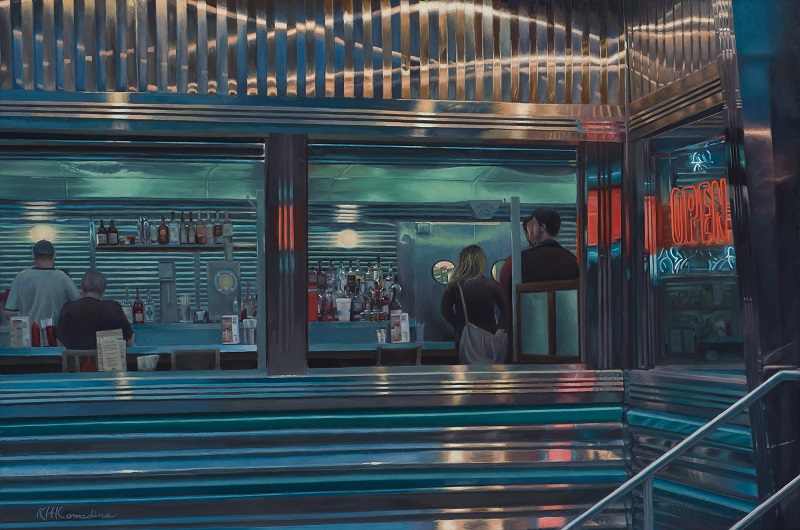
Evening Shift
What jobs have you done other than being an artist?
I had a 30 year career as a physician.
Why art?
Creativity is part of our DNA as humans, I chose to express my creativity first by drawing, then by creating ceramic vessels, sculptures, and murals and now by painting. Others express their creativity as teachers, or gardeners, writers, fashion designers, jewelers, actors, or musicians and in countless other ways. For whatever reason my creative DNA compelled me to make art. I’m okay with the mystery of it.
What is an artistic outlook on life?
I’m not sure there is such a thing. The important things to practice are acceptance, kindness and gratitude. I’m not saying those are easy to achieve, I struggle all the time, but they are goals to strive for.
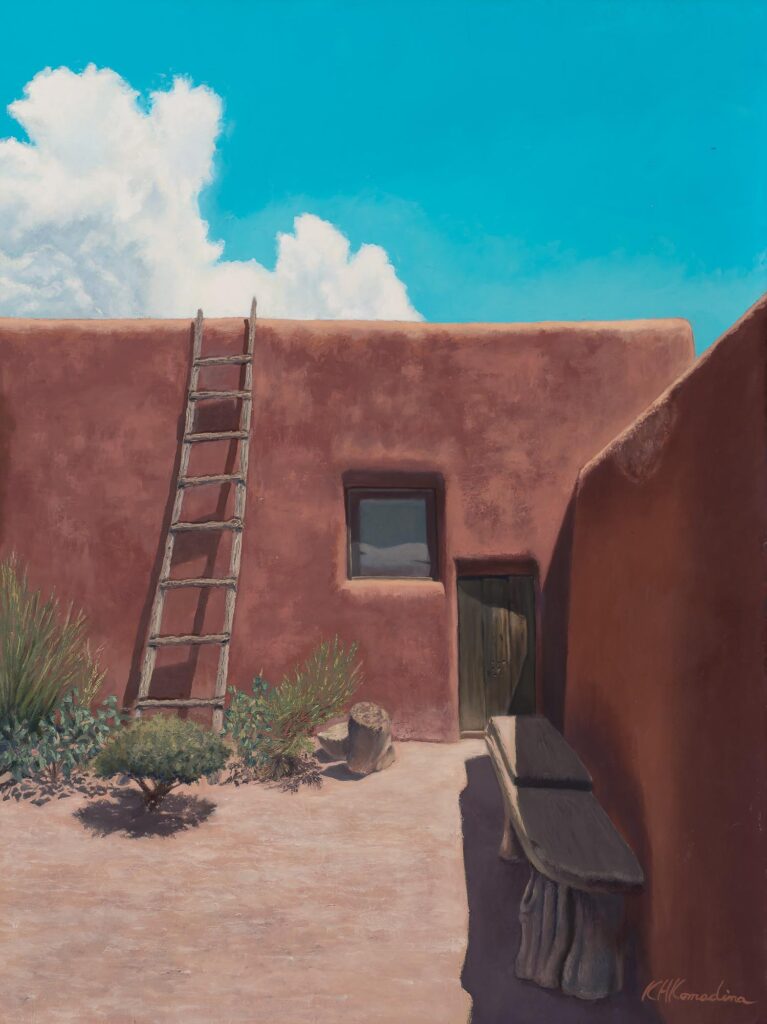
At Home in Abiquiu
What memorable responses have you had to your work?
I have a large painting of a roller coaster and Ferris wheel titled, “Hold On . . . Or Not!” It was being displayed at The Other Art Fair in Los Angeles, California. People were reacting positively to it, but nothing too memorable or overwhelming until two young girls, maybe 8 or 9, ran up to it screaming with delight, jumping up and down and pointing to the painting. Their expression of pure joy was probably the highlight of the entire 4 day fair.
What food, drink, song inspires you?
No one song in particular. I play music in the studio that in some way thematically lines up with the series I am working on, for instance for the Vegas Series, I played music by The Rat Pack, Sinatra, Martin, Sami Davis, Jr. When there is no specific thematic element I lean toward classical music. If I’m low on energy on a particular day, Lady Gaga or Shakira.
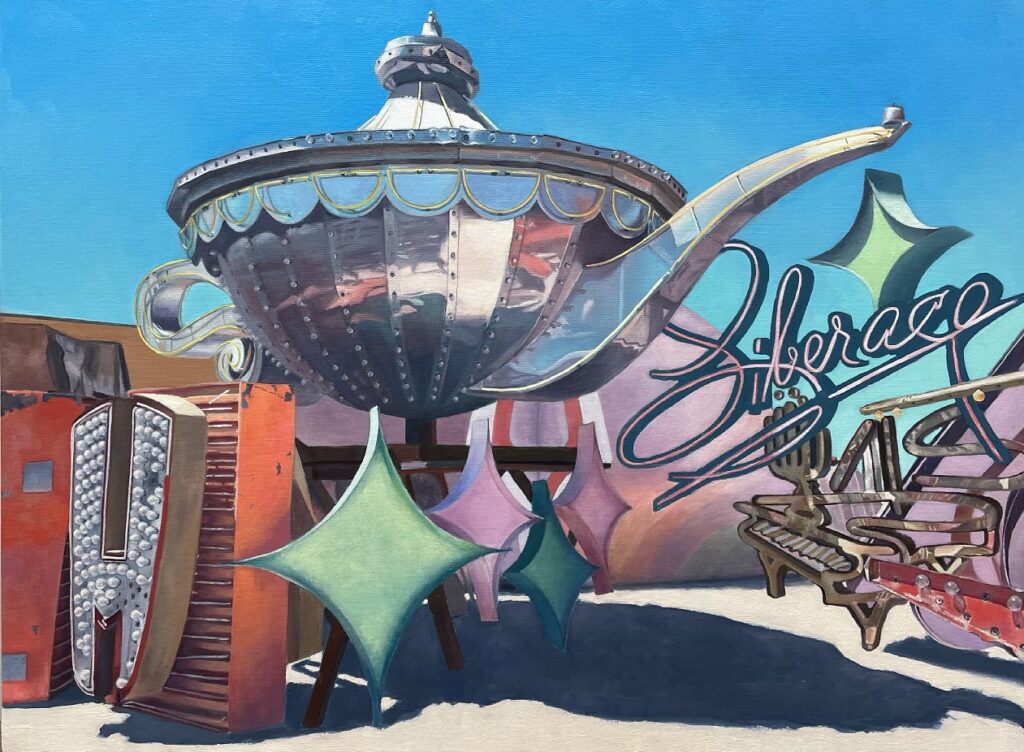
Glory Days
Is the artistic life lonely? What do you do to counteract it?
There is a difference between loneliness and solitude. I have a shared gallery space with 5 other artists and art colleagues that I regularly chat with, also art fairs offer the opportunity to connect with the public and other artists. I enjoy moments of solitude while painting and my artistic community.
What do you dislike about the art world?
As in any profession there can be insincerity and unhealthy politics, I dislike those things wherever I find them.
What do you like and dislike about your work?
I like what I create. I only paint things that I am drawn to or feel a connection with. I don’t take commissions that I don’t find interesting or challenging. There are parts of almost any painting that I can find laborious, but then I am always glad I put in the effort. I’m never quite satisfied with any painting and am always looking to improve and explore new subjects.
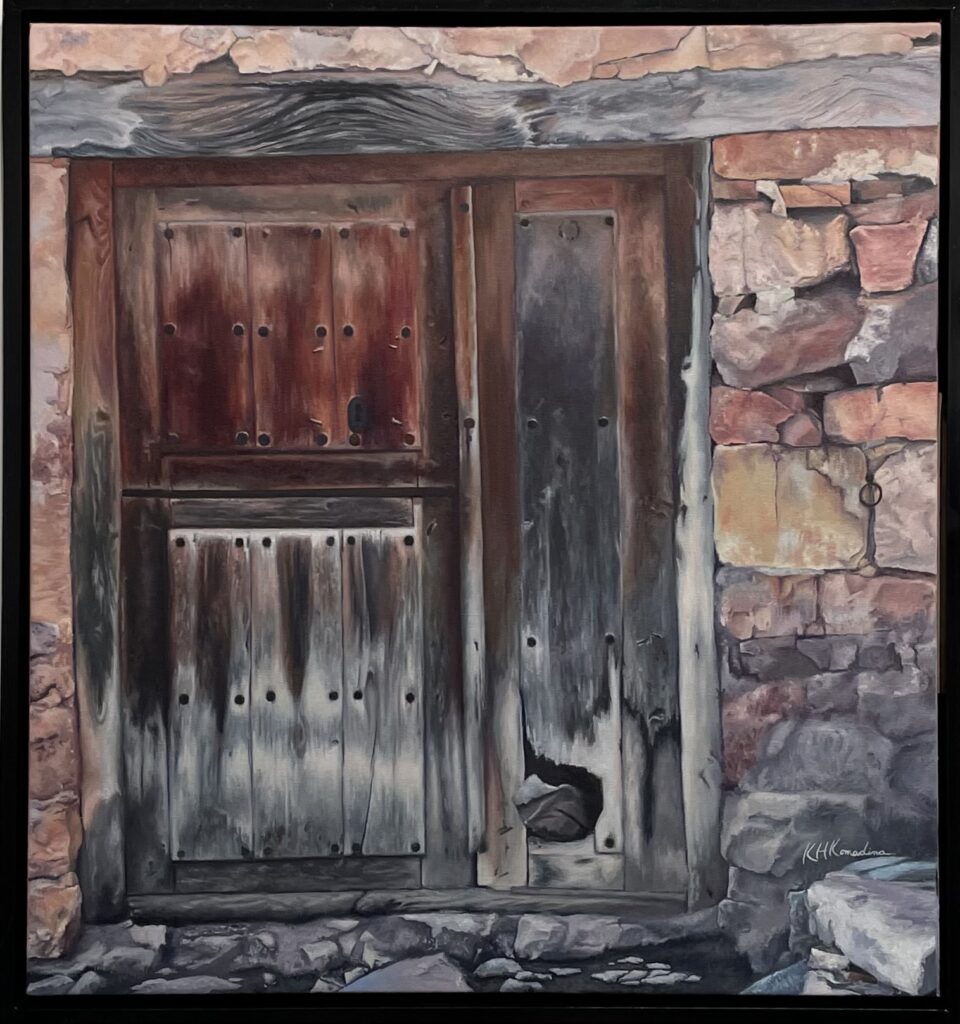
Castle Gate
Should art be funded and what role does arts funding have?
Art is a business as well as a calling. Our prices should reflect our costs, time, effort and experience and be in keeping with what the market will bear given the previous factors. Too many artists undervalue their work seeking ‘exposure’. Major projects should be funded by organizations and government. Art is important as an expression of our common humanity and for highlighting and calling attention to important issues of our time, as such they should have funding for major projects. The funding should be free of political and other incentives to facilitate free artistic expression.
What is your dream project?
I’m already living the dream.
Name three artists you’d like to be compared to.
I’d like my work to be accepted as is, comparisons are inevitable, but I leave that to others to decide.
Favourite or most inspirational place ?
I love Spain and would like to have a place on its Mediterranean coast or in Madrid someday to spend part of the year.
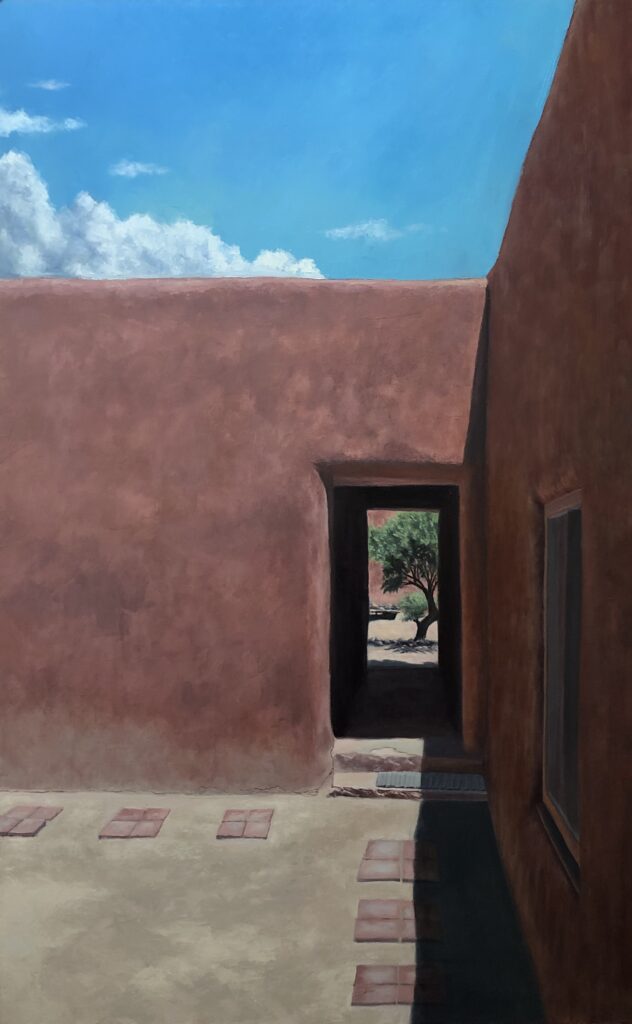
Abiquiu Sage
What’s the best piece of advice you’ve been given?
I was listening to a podcast with Joe Paquet, a well-known plein air painter here in the US and abroad. He mentioned that every year he reads ‘Self-Reliance’ by Ralph Waldo Emerson written in 1841. The language and the references in the essay were a challenge for me to get through, but the message is clear: one can rely on his or her own judgment, choices and be free from these societal influences is to be self-reliant. As an artist, being self-reliant is important in order to create work that is authentic and true to ourselves.
Professionally, what’s your goal?
My goal is success as defined by this writing by Bessie Anderson Stanley:
He [she] achieved success who has lived well, laughed often, and loved much;
Who has enjoyed the trust of pure women, the respect of intelligent men and the love of little children;
Who has filled his [her] niche and accomplished his [her] task;
Who has never lacked appreciation of Earth’s beauty or failed to express it;
Who has left the world better than he [she] found it,
Whether an improved poppy, a perfect poem, or a rescued soul;
Who has always looked for the best in others and given them the best he [she] had;
Whose life was an inspiration;
Whose memory a benediction.
Future plans?
I would like to do an international event and also to just keep painting.


